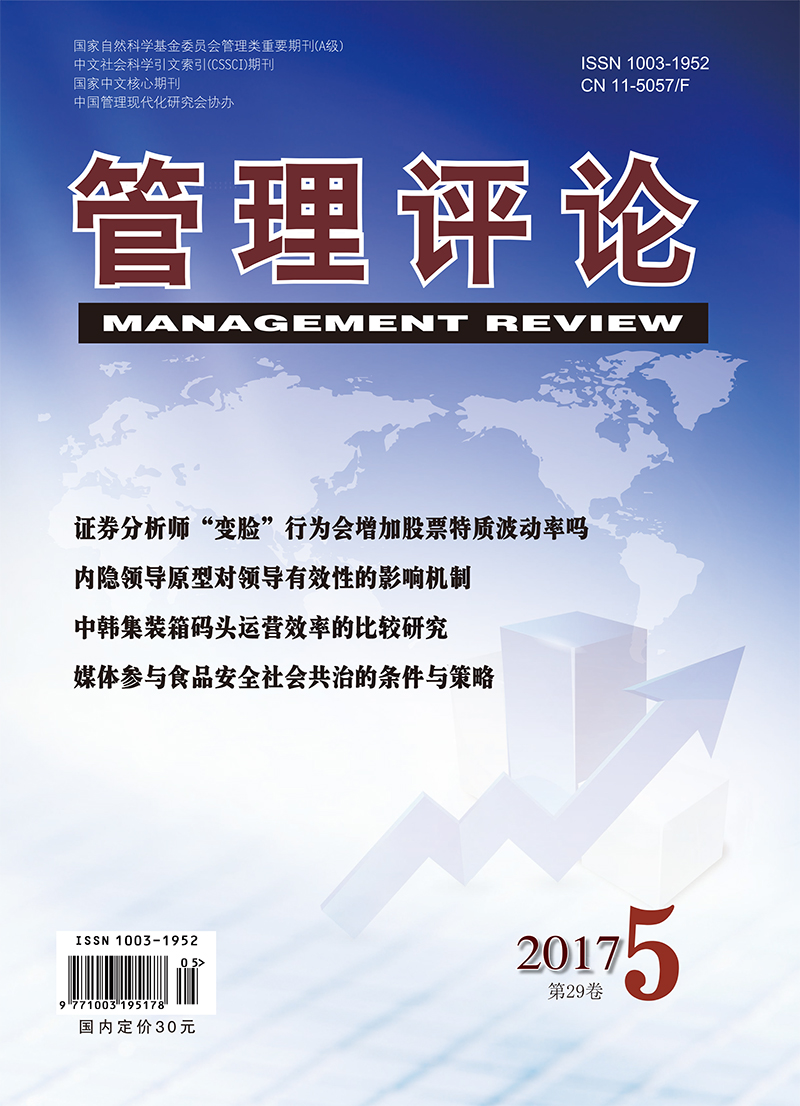Based on the key themes raised by ISO26000 and GRI 4.0 as well as domestic and foreign scholars' research results, this study divides CSR into eight dimensions:labor practice, economic development, human rights, fair operation, consumer issues, responsibility governance, environment and community development. Then through literature review, interview and questionnaire survey to Chinese 203 companies, we obtain the appropriate data. Further, se use software such as SPSS and Lisrel to analyze the questionnaire data, develop a scale that has good reliability and validity, and makea deep analysis to the excluded items. The scale we develop provides a basic tool for the quantitative research of corporate social responsibility, points out a direction for enterprises to convert responsibility to the power of innovation and the implementation of corporate social responsibility, and offers a framework for government to oversee corporate social responsibility.

